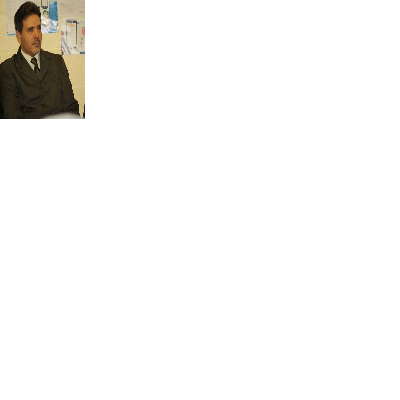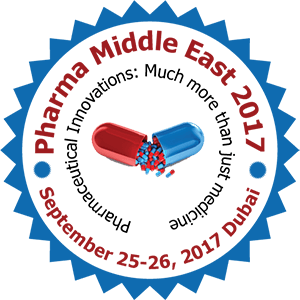
Saeed M AlBaraki
Armed Forces medical services, KSA
Title: Pharmacoeconomics of Plasma Fractionation Local Manufacturing: General Review
Biography
Biography: Saeed M AlBaraki
Abstract
Technically, human plasma for fractionation may be obtained by separation of plasma from whole blood (recovered plasma) or by apheresis (source plasma). The use of Apheresis technique is very helpful in the recovery of plasma and yields almost four times more than other techniques. The bulk of the plasma collected for fractionation is provided by paid donors. For example, USA plasma derived yield from whole blood amounted to 3.5 million litres, while 12 million litres was obtained via plasmapheresis. As with other pharmaceutical industries, PDM fractionation investment is based on four aspects, Knowhow, market, high capital and raw material (Plasma). The main obstacle to start local plasma fractionation is the maintenance of a regular, adequate and safe source of supply of around 300K litres of plasma. In case of shortage of plasma supplies, the alternative project such as self-sufficiency program (SSP) need to be implemented. Finland, Malaysia, Norway and Singapore are good example of self-sufficiency fractionation toll of local plasma. SSP based on local collection of plasma (around 30k-50k litres ) and shifting fractionation through special contracts with international fractionators.

